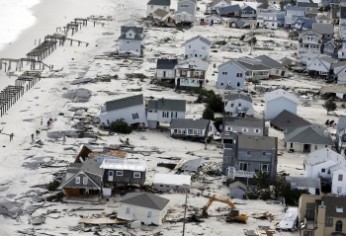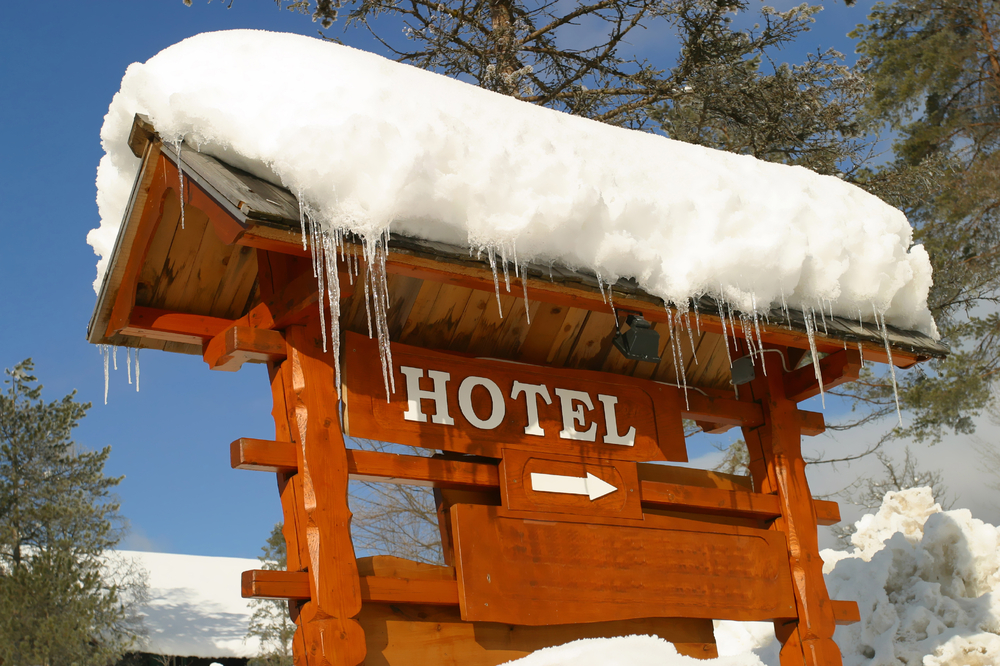As businesses and residents throughout the Eastern Seaboard muddy through the devastation that Superstorm Sandy left in its wake, many are struggling with the cost of becoming whole again. Although previous storms, including last year’s Nor’easter that hit New York, New Jersey, and Connecticut, downed trees and power lines and flooded properties, highlighted the need for such coverage as flood insurance, many still have opted to go without. Other coverages, such as business interruption, have come to the forefront with businesses left shuttered while massive clean up is taking place and rebuilding needs to happen.
Many homeowners on the East Coast are without flood coverage, especially in places like Rockaways, Queens, New York, which will leave them struggling to rebuild without government aide. For those with coverage through the National Flood Insurance Program (NFIP), a FEMA subsidiary, it’s been reported that the government agency will mostly likely need to request a congressional bailout of its flood insurance operations. Claims from Sandy could be as much as four times greater than the program’s capacity. Presently, the NFIP has $2.9 billion in borrowing capacity but expects Sandy-related losses of $6 billion to $12 billion. After Hurricane Katrina, federal government’s flood-insurance program fell $18 billion into debt.
Another major issue involves businesses that had their operations disrupted because of Sandy.
Commercial insurers are bracing for a surge of business insurance claims that, according to analysts at Credit Suisse, could account for a quarter of all the money that insurers will pay out because of the superstorm. If current models for the storm damage hold true, this could mean $5 billion or more that insurance companies will have to pay businesses for their lost income. Catastrophe modeling companies have estimated that insured losses from the storm alone could run up to $20 billion to $25 billion.
Most commercial property policies purchased by small businesses bundle coverage for business interruption or business income insurance. These policies reimburse earnings that were lost directly as a result of a catastrophe, such as flooding or wind damage, that is a named peril. However, the NFIP, through which many small businesses purchase flood insurance, does not provide business interruption coverage.
“At times like these, having business interruption insurance is the difference between surviving a disaster and not surviving,” said Dr. Robert Hartwig, president of the Insurance Information Institute.
Another fallout from Sandy is the damage to the recreational marine industry. According to the Marine Trade Association of New Jersey, a nonprofit trade organization promoting the recreational marine industry, the potential for boating damage is huge, with New Jersey alone having more than 163,000 registered vessels as of the second quarter of this year. Presently, it’s estimate that there will be 65,000 damage boats totaling over $650 million in insured losses; this doesn’t include millions of dollars in losses for docks, autos, inventory, tools and equipment and wind-related real property losses. Many marine operators, due to a faltering economy during the last several years, have not purchased flood insurance for their buildings.
It’s times like these that we as an industry can further educate our clients on the coverages that are required to protect against losses such as the ones that Sandy has wreaked on so many communities.





